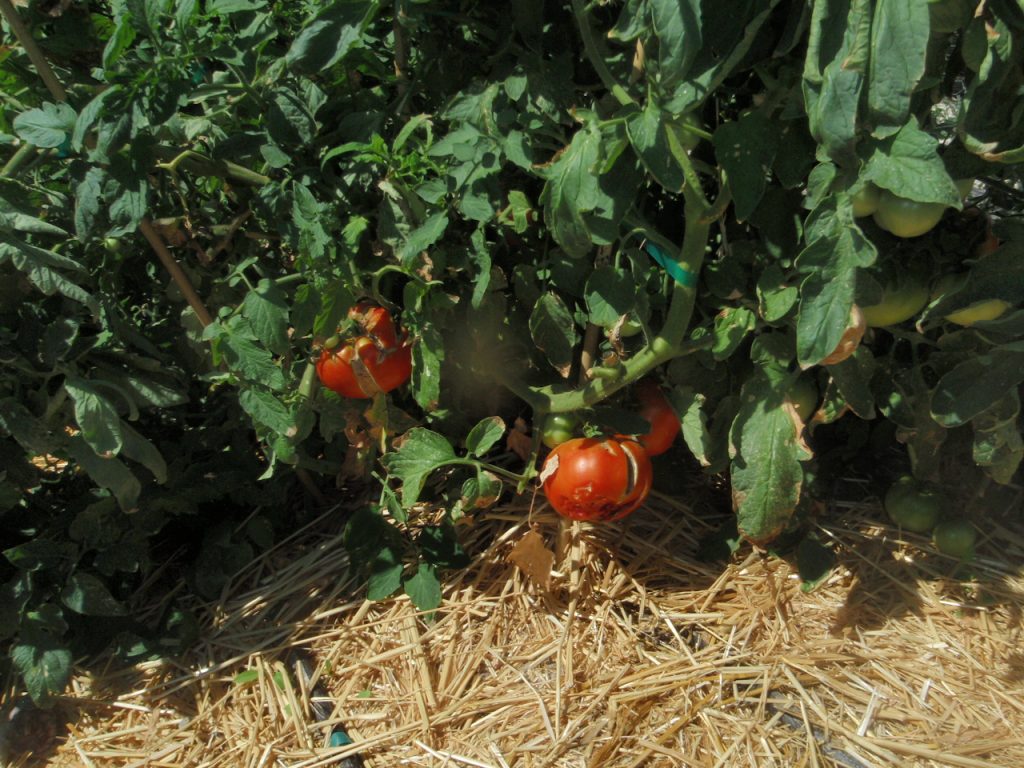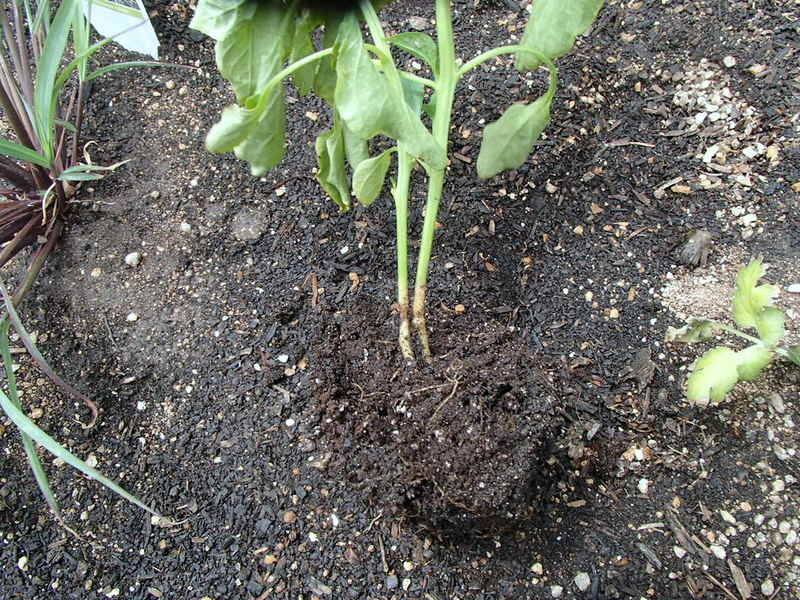Q. I’ve been growing about 25 tomato and pepper plants for over 20 years in town. I’ve always just guessed, and some years are better than others, but I wonder how much water I need to get the max effect without wasting the water? How many times a day in the spring when I’ve just planted and how many minutes on each setting? Also, in the hot summer, I do cover the tomatoes, so they don’t get sunburned.

A. I can only guess. No one has “discovered” the water use of vegetables in Las Vegas, much less what happens to tomato water use when it is covered. Probably what is more important is the quality of the vegetables and how they are managed (fertilizer, thinning, shading by neighboring plants, etc.). When covering vegetables use 30 to 40 % shadecloth.

I can tell you how I water them! With warm season crops, they need warm soil. I warm the soil with clear plastic before planting. I use half inch drip tubing with built in emitters, 12 inches apart. I “triangulate” the location of the emitters so I get better distribution of water. The “drip lines” are also installed 12 inches apart and pulled tight. I use emitter spacing for planting distances. When they are just seedlings, I water and fertilize them (every three to four weeks) to get growth. When plants are mature, I water them until the soil is full of water. Then I wait for the plant to use up the water.

Plant water use is dictated by four governances; how bright it is, wind speed, temperature, and humidity. Those are the four ingredients, measured by weather stations, that predict plant water use. Research has discovered how to apply these four factors into a mathematical equation used to predict water use of a specific plant.

This plant’s water use is then multiplied by another number to list a specific plants water use (such as tomatoes, eggplant, peppers, etc.) Each vegetable has specific water use (plant size) that must be “discovered” by research. This depends on the time of planting, plants size, vigor as it grows, and other factors.